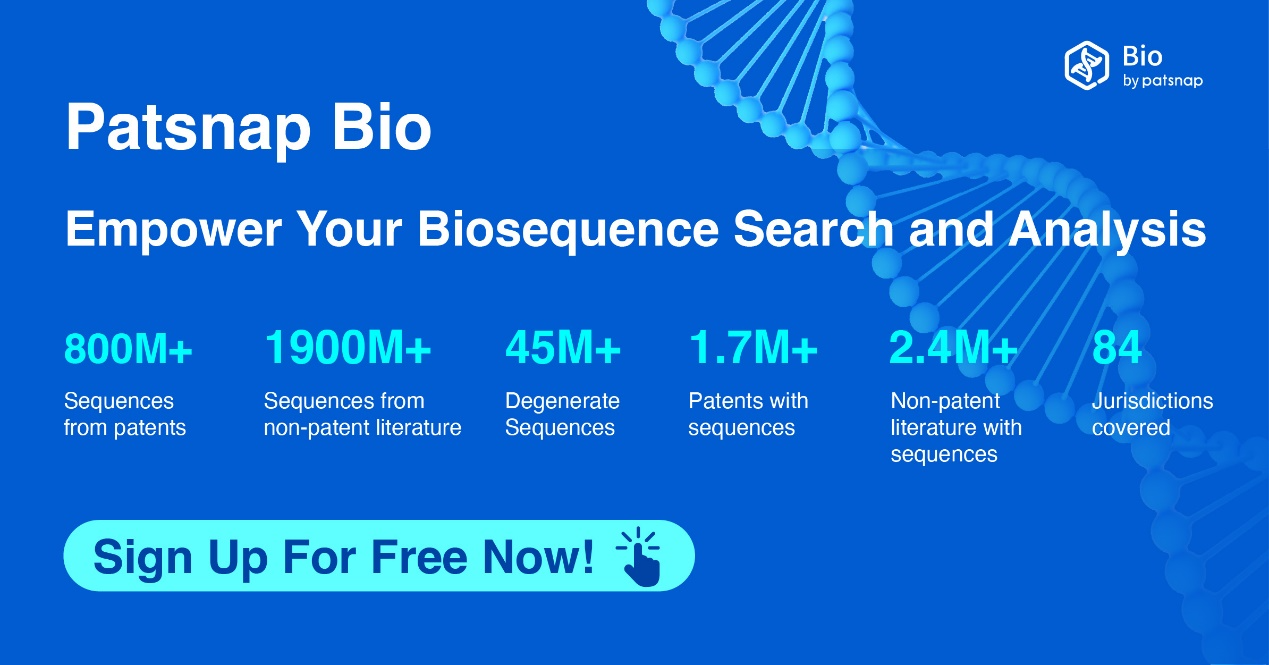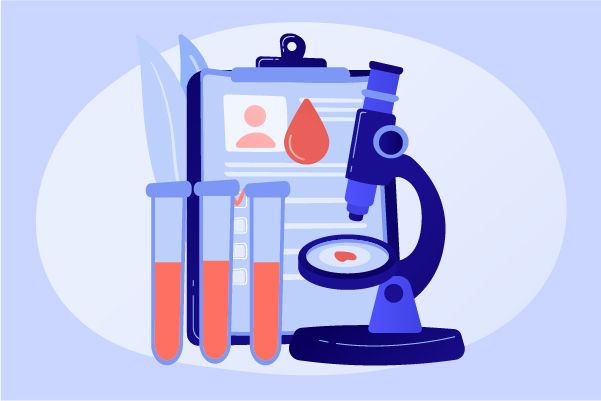Biological Glossary | What is Repeat_region?
In biology, a repeat region refers to a sequence of DNA that is repeated multiple times in the genome. These regions can vary in length from two nucleotides to entire genes or even larger segments of a chromosome. Repeat regions can occur in coding or non-coding regions of DNA, and can play various roles in an organism's genetic function and evolution. Repeated regions are a focus of research in fields such as genetics, genomics, and bioinformatics. Surprisingly, a substantial portion of many organisms' DNA is made up of repeat sequences.
Repeat sequences, also known as repetitive sequences or repeating units, refer to DNA sequences that occur multiple times in a genome. These can range from short sequences repeated many times in a row, like tandem repeats, to longer sequences interspersed throughout the genome, like transposable elements. They can play a variety of roles, including regulation of gene expression, genome evolution, and chromosome stabilization.
Free registration is available for the Bio biological sequence database: https://bio.patsnap.com. Act now to expedite your sequence search tasks.




